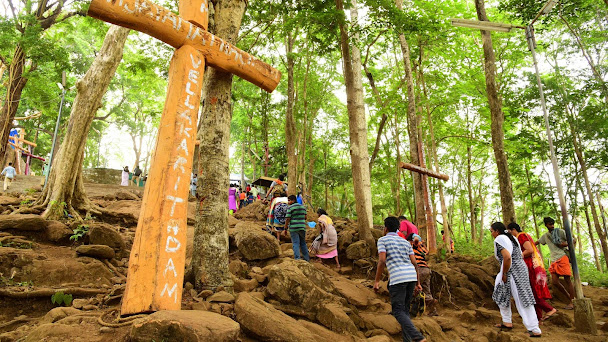Varikassery Mana: The house in movies
One of the most seen houses in Kerala, not in person but through the medium of movies is the beautiful Varikkassery Mana. This heritage house which is over a century old still exudes its beauty & is a structure to behold. The house which was originally called Varikumcherry Mana stands in the small village of Manissery near the town of Ottapalam in Palakkad district. The house has been a host to many Malayalam cinemas which have had a lasting impression on people all over the world. The house still is an integral part of the movie industry giving cinematographers, directors & script writer’s new ideas to showcase the house in its entirety or part in their movies.
The Varikkassery family origins go back over 1000 years & are said to have come from Malabar region as they established cordial relations with the Zamorins. The Varikassery family also are one among the most respected 8 Namboothiri families called the Ashtagruha who came to the village & held sovereign control of places around. The house one sees today was built in 1902 by Ravi Namboothiripad as a house for his family. The house was designed by the most respected Malayalam architect of the 20th century Krishnan Thampuran who was also called Shilpi Thampuran, a title he received for being intricate as a sculptor in design architecture. The front portico one sees now was a later addition to the house. The structure of the house is completed with red stones procured locally from the village. One glance at the house & it looks different from the traditional Kerala architecture. The arches & pillars have a more colonial style & it was due to Krishnan Thampuran’s exposure to European architecture ideas while studying in Madras. The house is a 3 tier structure & has around 70 rooms which range from small, medium to large. The whole expanse of the mana is divided into different structures. The main house with padipura, traditional nalukettu, pathayapura (granary), family temple & pond are what visitors can see here.
The main house has the front portico which has a high pedestal floor where visitors would sit; the large door with carvings opens to the living areas. The nalukettu which is a common feature in most old aristocratic houses is bigger & wider than usual. The verandas around the nalukettu are wider which were used as a stage to conduct cultural performance. The nalukettu is a perfect square & is wider than usual with a sacred tulsi thara (stone platform for basil plant). The house also has an ootupura (dining hall) & a large kitchen. One can also find a wide & deep well next to the kitchen. The upper tier has living quarters with corridors; there are also wide halls here which may be sleeping rooms for women. The third tier has a long hall which would have been the place for religious ceremonies. The upper tiers of the house are accessed by narrow stairs made of wood. The roofs are all made with wood panels & the pillars at the base floor have carvings on them. Another imposing structure of the Mana is the Pathayapura or as people call it – the guest house which has also been showcased in many movies. It is a 2 tier structure & at the basement one can find the vault which was used to store food grains for the whole family & villagers around. This vault is completely made in teakwood to keep the goods inside free from contamination. The upper tier has a beautiful arched veranda with a gallery along a long hall which would have been the place for men to sleep. The temple within the Mana enclosure is the kudumbakshethram which has Lord Krishna, Lord Siva & Ayyapan as deities. The other significant part of the Mana is the beautiful temple pond with wide bathing quarters & stone steps. Many movie scenes have been witness to the temple pond beauty.
The house today is maintained by a trust of family members & is open to visitors when there is no shooting schedule. Visitors can access all parts of the house & it is a beautiful experience to be in company of your favourite stars who have graced the house with their unforgettable performances. The Mana welcomes you to write your own script.




Comments
Post a Comment